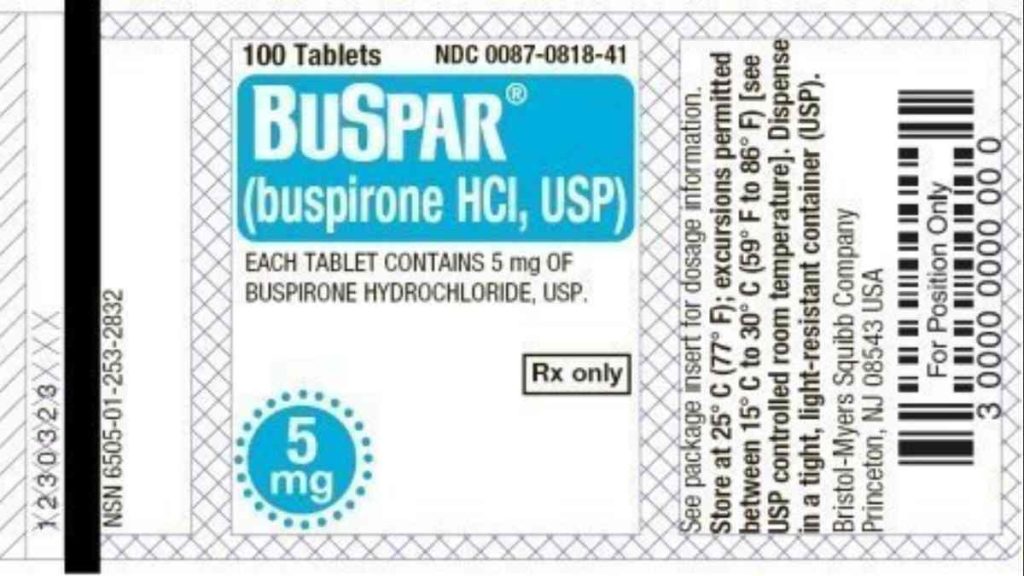BuSpar is a brand name of a prevalent medicine named Buspirone which is used to treat anxiety. This medicine is manufactured by a pharmaceutical company named Bristol-Myers Squibb. The medicine was developed in the 1960s and 70s and was originally made for the treatment of psychosis.
It is even used in combination with certain other drugs to treat severe mental health disorders like depression. Although this medicine is highly popular in the medical world for treating mental health patients, BuSpar is now removed from the market. Let’s find out why and all about its usage and side effects.
Related: Hollywood’s Biggest Celebrities Who Struggle With Mental Health Issues
Why BuSpar Is Not Available Anymore

Unlike what most of you are worried about, this medicine was not taken off the market for safety, formulation, or efficacy problems. The Food and Drug Administration (FDA) confirmed this and such a step was simply taken because of the expiration of its patent in 2001.
There were no procedures done to withdraw approval of abbreviated new drug applications (ANDAs). Besides, there are many other alternative medications easily available in the market after BuSpar’s removal. The generic buspirone is still a prevalent drug in the prescription of patients with anxiety.
In case you missed: Top 10 Most Famous Whistleblowers Who Changed The World
Usage, Use, And Side Effects

A person with anxiety or depression usually suffers from the withdrawal of a hormone called serotonin. Serotonin is a neurotransmitter that is released at the nerve endings and it delivers messages from neuron to neuron or other cells. Buspirone is known to have a strong affinity for serotonin hence it increases the serotonin levels in a person eventually treating generalized anxiety disorder (GAD).
This medicine is taken in oral form with a recommended dose of 15mg. Of course, medicine cannot come with its side effects however the side effects for this one are considerably low. Drowsiness, nausea, and nervousness are among the commonly found side effects.
You might also like to read:





